Brainwave entrainment is any process aiming to cause modulations in brainwave frequencies to match specific ranges of brainwave frequencies. This can be achieved through the use of meditative audio programs or a hypnosis mp3 programs utilizing binaural beats or brainwave frequency apps.
Typically, this requires stereo speakers into which different corresponding frequencies are played left and right ears. This sort of auditory stimulus can even include monaural beats and isochronic tones, or it can be done visually through the use of a dream machine or various color / frequency ranges. The overall goal of brainwave entrainment is to create hemispheric synchronization in which the right and left brain hemispheres in the human body resonate at the same frequency.
| Frequency range | Name | Associated with: |
|---|---|---|
| > 40 Hz | Gamma waves | Higher mental activity, including perception, problem solving, fear, and consciousness |
| 13–39 Hz | Beta waves | Active, busy or anxious thinking and active concentration, arousal, cognition, and or paranoia |
| 7–13 Hz | Alpha waves | Relaxation (while awake), pre-sleep and pre-wake drowsiness, REM sleep, Dreams |
| 8–12 Hz | Mu waves | Mu rhythm, Sensorimotor rhythm |
| 4–7 Hz | Theta waves | Deep meditation/relaxation, NREM sleep |
| < 4 Hz | Delta waves | Deep dreamless sleep, loss of body awareness |
Showing all 13 results
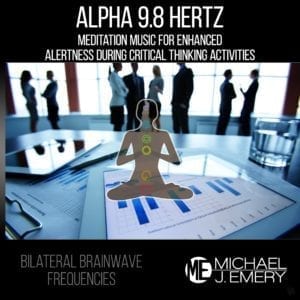

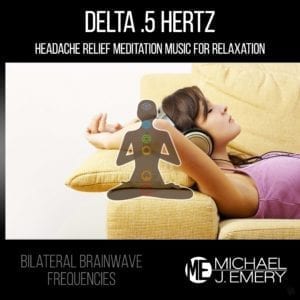
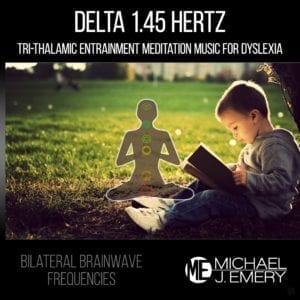
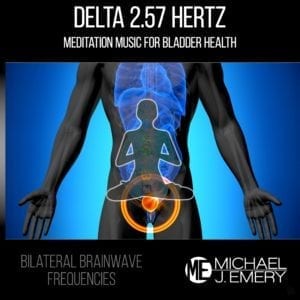

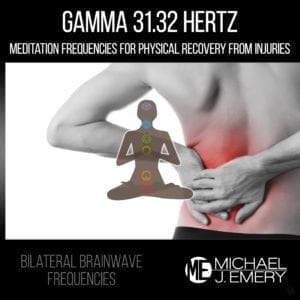
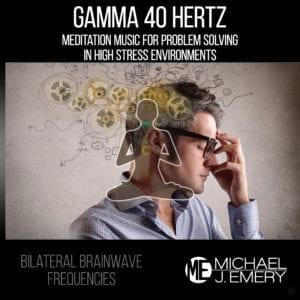
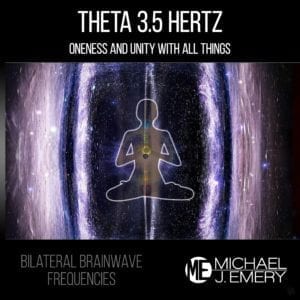
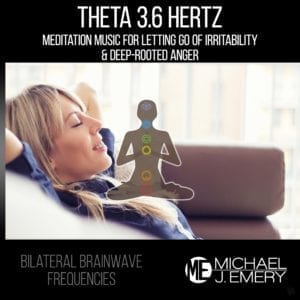
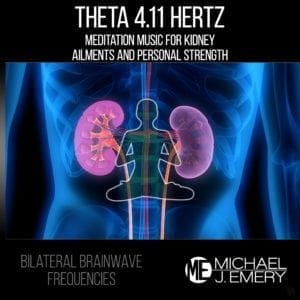

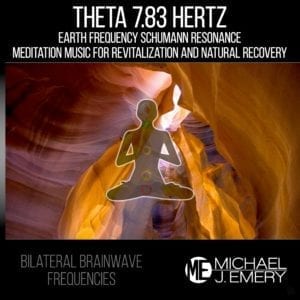
Brainwave entrainment, also known as brainwave synchronization, is a way to rapidly stimulate the brain into going into a certain state by utilizing a varying amount of light, sound, or magnetic fields. The pulses to stimulate the brain to brain cells after a brief response, encouraging its brain to align to a certain frequency after effect. This specific frequency following response of brainwave entrainment may be observed in action with people prone to caffeine induced insomnia, for example. While in this state of brainwave synchronization, the brain has its highest firing rate and is most active. During sleep, the brain has its lowest firing rate and is significantly more inactive.
Brainwave entrainment has been used to effectively reduce stress and tension, induce better sleep and drowsiness, and heighten creativity. There are many benefits to brainwave entrainment and brainwave synchronization. While in deep sleep, it is the state where dreams occur. Through brainwave entrainment, the brainwaves can be triggered and the brain can become more receptive to dreaming. With brainwave entrainment meditation, dreams can be evoked while the brain is in deep sleep.
Most of us know how to use brainwave entrainment to have greater focus and a more alert brain. However, there are people that still wonder how brainwave entrainment helps them. One of the benefits of brainwave entrainment meditation is that it has been known to increase one's creativity. Some brainwave frequencies are known to promote creativity.
A great deal of brainwave entrainment has been devoted to creating positive states of consciousness. The use of brainwave entrainment in meditation has helped many individuals achieve a state of spiritual awakening. The brainwave entrainment frequency of one state will influence another state. This is believed to occur because the brainwaves are linked in such a way that they each affect the brainwave frequencies being used by the brain at that time. This enables the brainwave entrainment frequencies to be brought into sync.
It is important to note that brainwave entrainment does not alter brainwave frequencies to the point that they become unrecognizable. As with any other type of brainwave entrainment, brainwave frequencies are simply adjusted so that they fall into a certain range. In other words, the brainwave frequencies being used are only slightly altered and it is the difference in the offset that creates the difference in brainwave entrainment results.
Brainwave entrainment uses binaural beats for brainwave frequencies. These brainwave frequencies are found in nature and are also often used by yoga practitioners. They work with the brain waves to bring about a favorable change in brainwave frequencies. Brainwave entrainment using binaural beats has been found to work very well for those who suffer from chronic insomnia, depression, stress, and anxiety.
Brainwave entrainement using sound waves is also another form of brainwave entrainment. Sound is able to penetrate and travel through various mediums, including radio and television. It can also be used to increase brainwave frequencies directly through an audio recording. The brain will then process the sound, as though it were within the range of the brainwaves it originally was.
There are many different ways that brainwave entrainment products can help you. When trying to get to sleep, to reduce stress, or to achieve brainwave synchronization, be sure to do your research and know which brainwave frequencies will be most effective for you. The more information you find out about brainwave entrainment, the better you will be prepared for your own experiences. This type of brainwave technology has been around for quite some time, but only in the last decade has it been made available publicly.
With brainwave entrainment, brainwave frequencies can be introduced into the brain. These brainwave frequencies can vary from beta, alpha, theta, gamma, and delta. Alpha brainwave frequencies are generally focused on creative problem solving activities, such as learning how to play a musical instrument or excelling at a sport. Theta brainwave frequencies are often associated with dreamtime, spiritual development, and deep sleep.
There are various brainwave entrainment products available online for purchase. You can try them out in your home by hooking up a brainwave entrainment CD player to your stereo system. Many devices come with a CD containing different brainwave patterns and frequencies to help you achieve the brainwave entrainment goals that you are trying to attain. These products will not only help you relax, and fall asleep, but they can also help you learn new things, remember things, and increase your brain function and awareness. Some brainwave entrainment software is even designed specifically for those who have memory issues. You can use this software for free to retrain your brain to work at a higher level and give you better brain functioning.
Brainwave entrainment can be achieved by listening to a specially designed sound recording, or by listening to an audiotape. Both downloads will introduce brainwave frequencies into the brain and help to change brainwave patterns. Although brainwave entrainment can be done without using sound recordings, most brainwave entrainment recordings actually use sounds to introduce brainwave frequencies into the brain. It's recommended you try brainwave entrainment with brainwave recordings because the effects are more profound.
There are two major considerations when it comes to using brainwave frequencies, brainwave entrainment and binaural beats: volume and seizures.
One of the primary dangers of listening to binaural beats is they might place some listeners at risk for hearing loss if they do not take precautions and use moderate/comfortable listening levels. For this reason it is often more soothing to listen to music that has binaural beats in the background instead of just a pure frequency.
Some people are prone to seizures. If you feel dizziness, nausea or experience a headache while using binaural beats or immediately after then you may want to reconsider your use of brainwave frequencies, brainwave entrainment, and binaural beats.
Explore audio program categories utilizing the best techniques in neuro-linguistic programming, Ericksonian hypnosis, brainwave frequencies, and guided visualization.